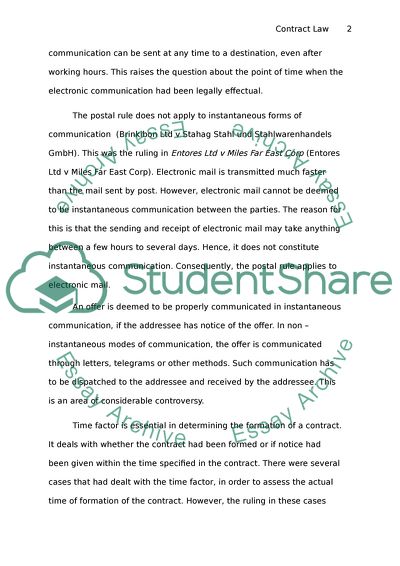Cite this document
(Postal Contract and Law - Entores Ltd v Miles Far East Corporation Case Study, n.d.)
Postal Contract and Law - Entores Ltd v Miles Far East Corporation Case Study. Retrieved from https://studentshare.org/law/1554108-postal-contract-and-law
Postal Contract and Law - Entores Ltd v Miles Far East Corporation Case Study. Retrieved from https://studentshare.org/law/1554108-postal-contract-and-law
(Postal Contract and Law - Entores Ltd V Miles Far East Corporation Case Study)
Postal Contract and Law - Entores Ltd V Miles Far East Corporation Case Study. https://studentshare.org/law/1554108-postal-contract-and-law.
Postal Contract and Law - Entores Ltd V Miles Far East Corporation Case Study. https://studentshare.org/law/1554108-postal-contract-and-law.
“Postal Contract and Law - Entores Ltd V Miles Far East Corporation Case Study”. https://studentshare.org/law/1554108-postal-contract-and-law.


